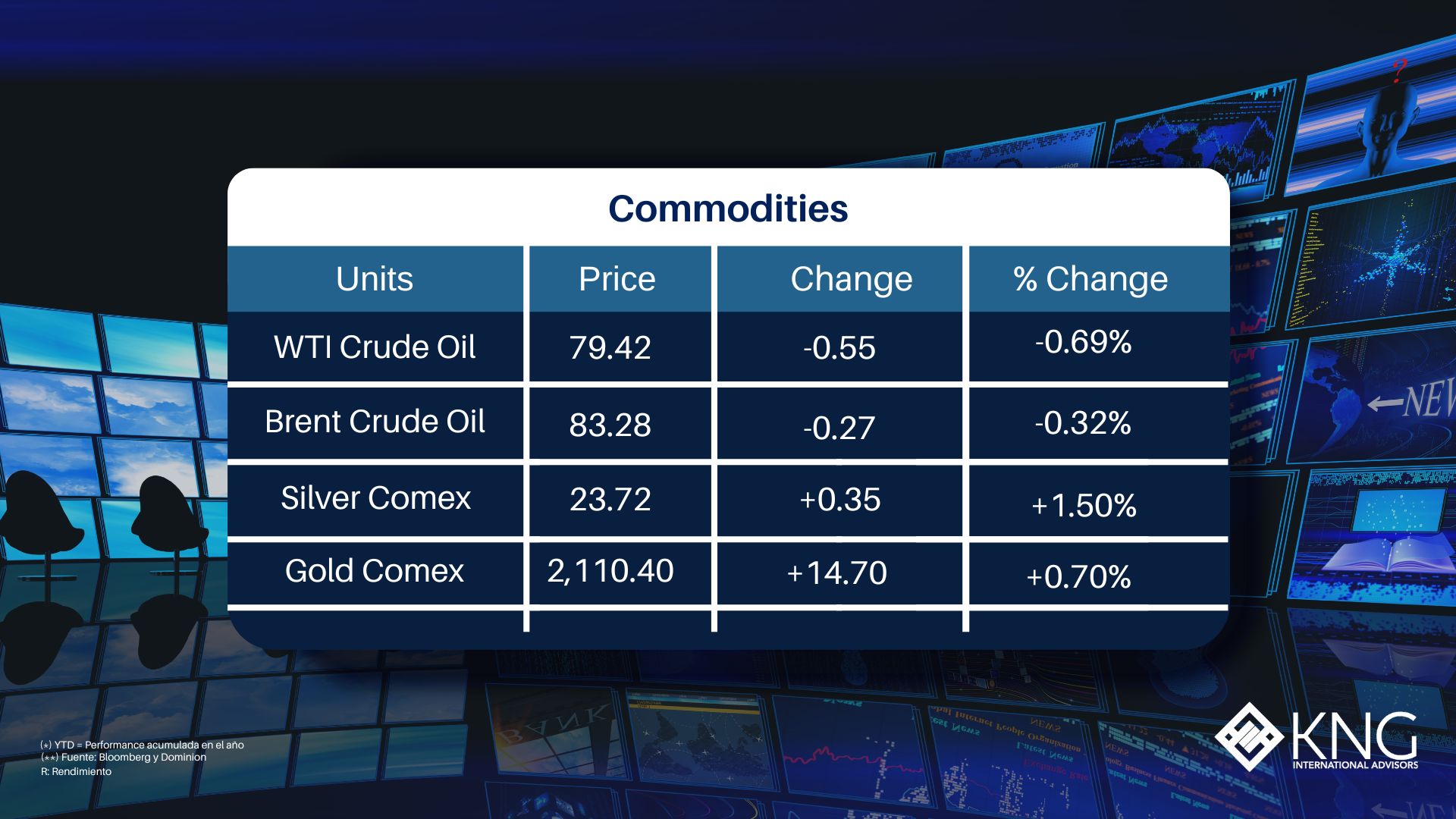Lunes 4 de Marzo del 2024
Listen to this financial market update by playing this audio...




What does this mean for investors?
In the early weeks of Russia’s invasion of Ukraine in early 2022, it quickly became clear the Russian military would fail to achieve its objective of a quick victory. Much to the surprise of Western political leaders and media, the Ukrainian Army repelled the attempt to take Kiev, inflicting significant casualties on the Russian advance and eroding much of its capacity to make significant advances elsewhere in the country. Ukraine had achieved stunning tactical successes on the battlefield, with the help of belated Western support in the form of sporadic supplies of armaments and intelligence.
Western politicians and journalists were quick to write off the Russian military as a spent force. Ukraine’s successful counteroffensive in September 2022 entrenched this view, which led to an even more optimistic consensus emerging of a swift and imminent Ukrainian victory in the war.
What many in the West made the mistake of doing was to confuse a tactical Russian defeat with a strategic Russian defeat. So long as a country has the will to continue fighting and the capacity to reconstitute its military force via its industrial base, then it has not been defeated strategically.
The one thing Russia’s political and military leadership got right during this period was to acknowledge that this would be a long and drawn-out war. Their response to Ukraine’s unexpected victories on the battlefield in 2022 was to gear up the Russian economy and population for a major war. Mobilisation of civilian conscripts, major increases in defence spending, and a re-gearing of industry towards the manufacture of war materiel was ordered by Vladimir Putin.
But this response by Russia would take time to bear fruit. New recruits take time to train, new tanks and fighter jets take time to build. It would be at least a year before any of these emergency measures would have an impact on the battlefield in Ukraine.
This was a crucial moment for the West. There was a window of opportunity to press home Ukraine’s advantage and flood the country with armaments, provide training at scale for its military, and give Ukraine the capacity to defeat Russia’s military decisively before it could reconstitute its capacity to fight.
There’s a reasonable chance that, if this strategy had been followed, the war might be over by now, and we would be discussing the benefits to global markets of peace in Eastern Europe, a peace won via a strategic defeat of Russia’s military in the fields of the Donbass and plateaus of the Crimean Peninsula.
Instead, sadly (for those of us opposed to autocracy) the West dithered. Its support for Ukraine was piecemeal, erratic, and at times contradictory. Little was done to ramp up Western armaments production, likely because of the hubris and overconfident conclusions made in Western capitals about the implications of Russia’s temporary tactical defeats on the battlefield. The West was complacent. It arguably still is.
This complacency led to a missed opportunity to make the Ukraine War a short one. But that opportunity has passed. Russia has now reconstituted its forces, and then some. China, Iran, and North Korea have supplied significant resources to bolster Russia’s capacities to fight, meanwhile its mobilisation of people and industry has had 18-months to deliver. Today, it is estimated Russia has a force of 500,000 inside Ukraine, this is more than double the 190,000 personnel who launched the initial invasion in 2022. What’s more they have learned how to fight a modern conflict and adapt to Ukrainian tactics and Western weapons systems.
Russia likely won’t be losing this war any time soon
As such, investors should be prepared for a long war in Eastern Europe. This likely means some exposure to Western domiciled defence stocks may make sense. The slow Western response means much of the increase in spending on defence is still to come, and this will benefit those companies. This also means investors should consider an overweight US and emerging market bias, underweight Europe, in stocks. Until the situation on the ground changes significantly, this may be an appropriate portfolio approach for the foreseeable future.
We would like to thank Dominion Capital Strategies for writing this content and sharing it with us.
Sources: Bloomberg, Yahoo Finance, Marketwatch, MSCI.
Copyright © 2023 Dominion Capital Strategies, All rights reserved.
Disclaimer: The views expressed in this article are those of the author at the date of publication and not necessarily those of Dominion Capital Strategies Limited or its related companies. The content of this article is not intended as investment advice and will not be updated after publication. Images, video, quotations from literature and any such material which may be subject to copyright is reproduced in whole or in part in this article on the basis of Fair use as applied to news reporting and journalistic comment on events.